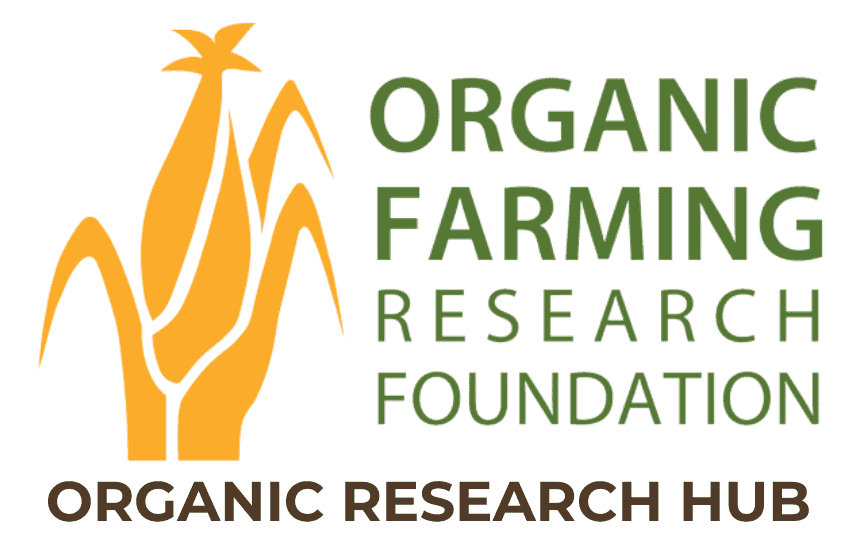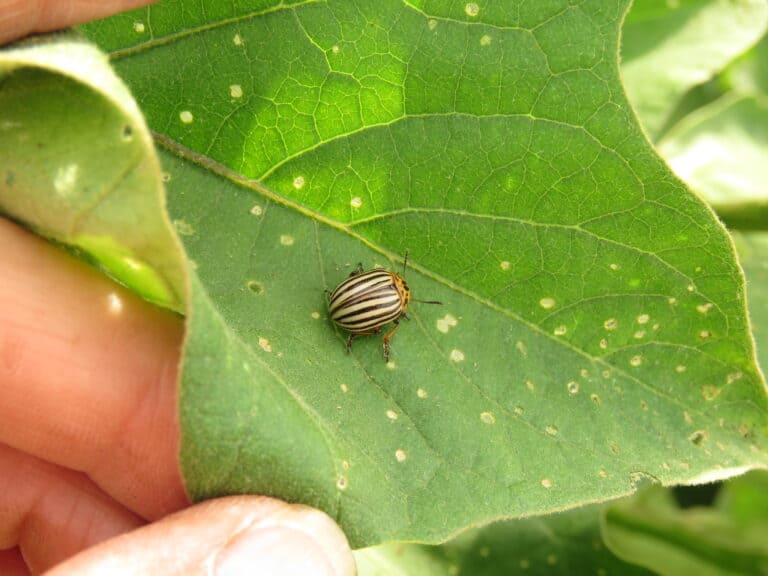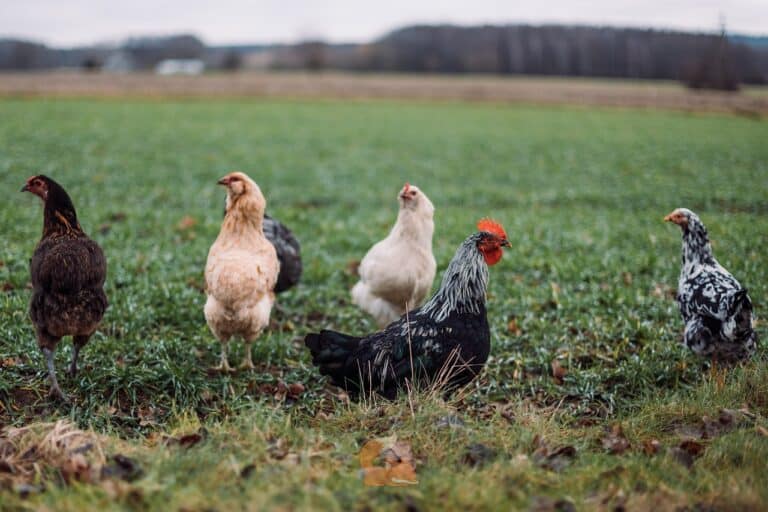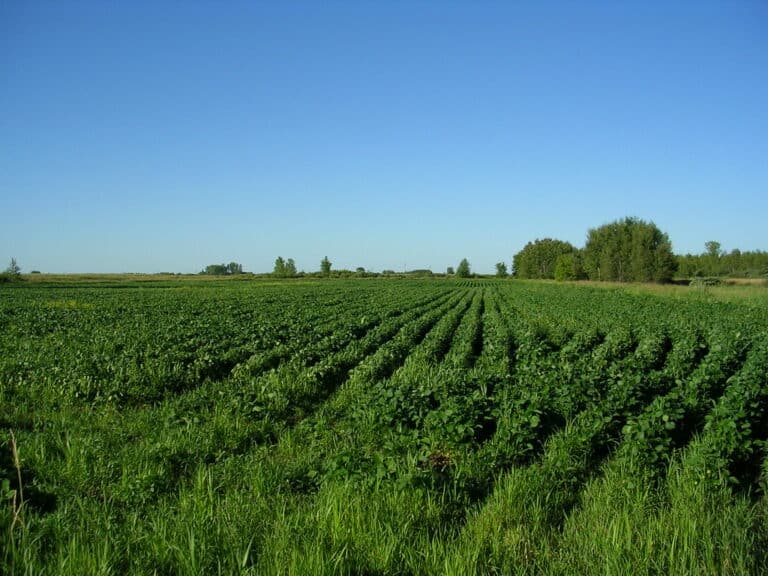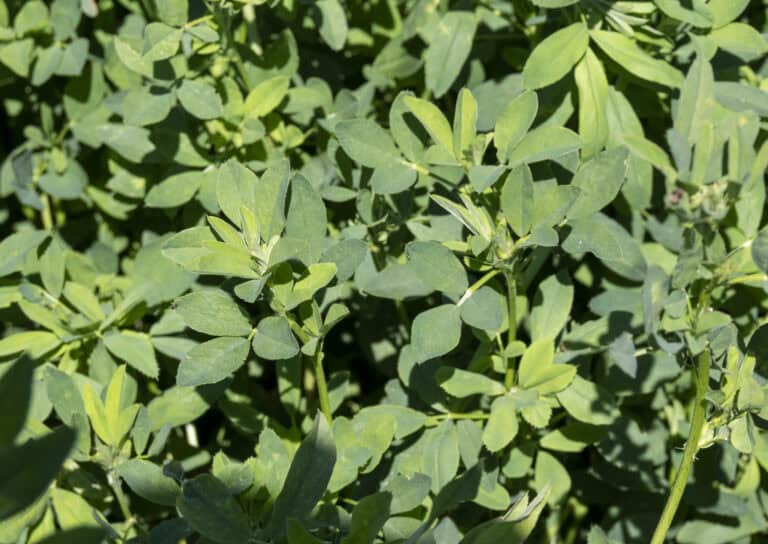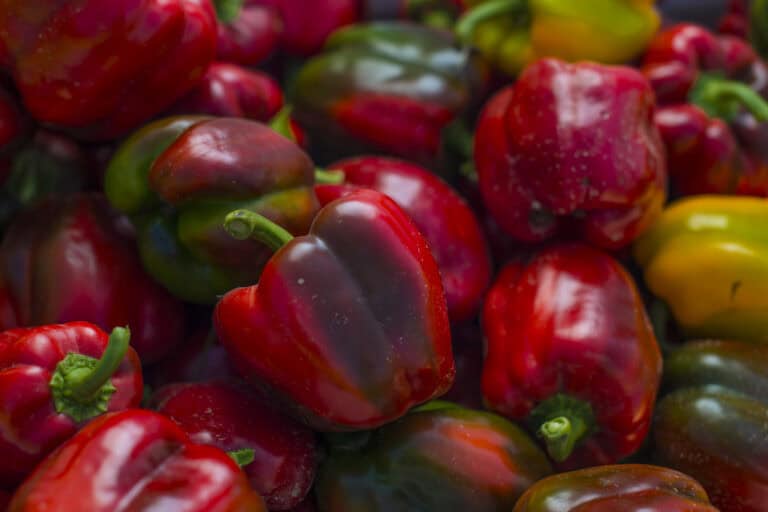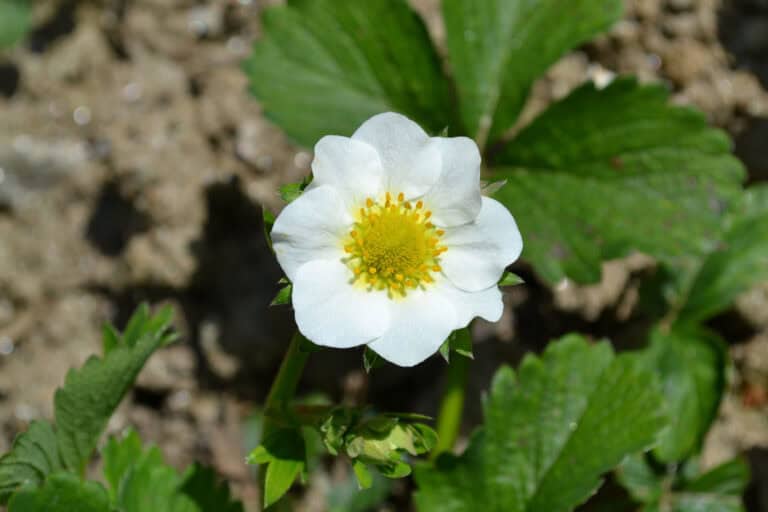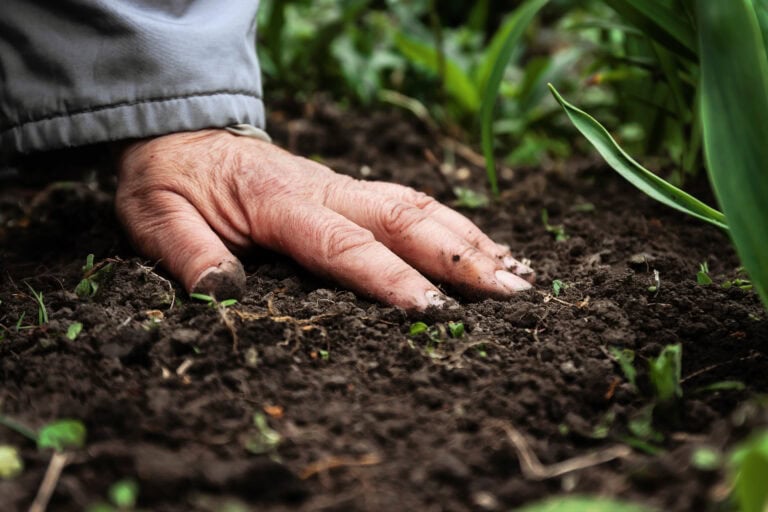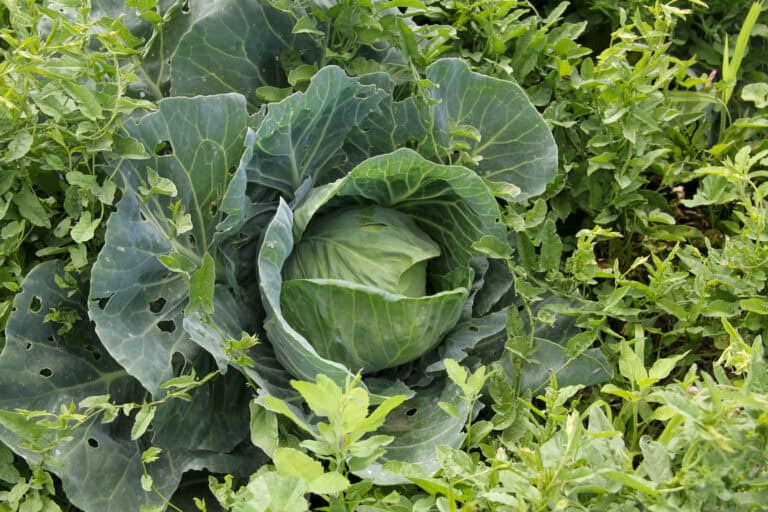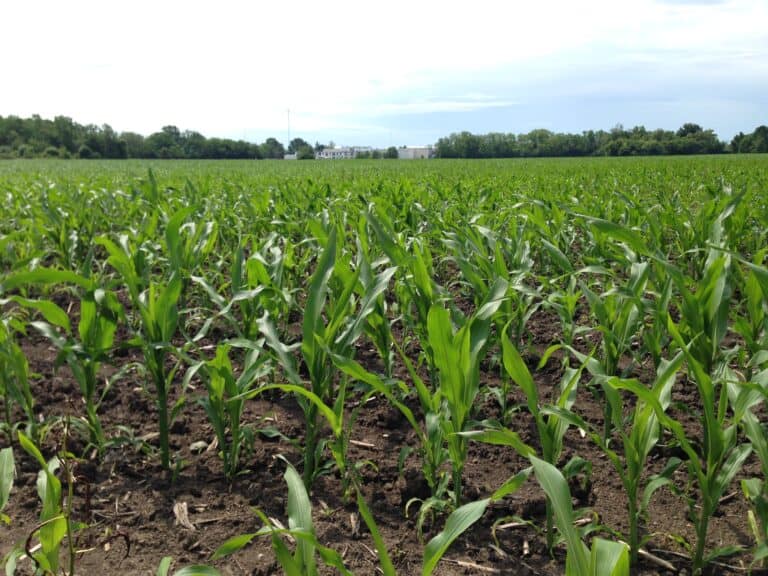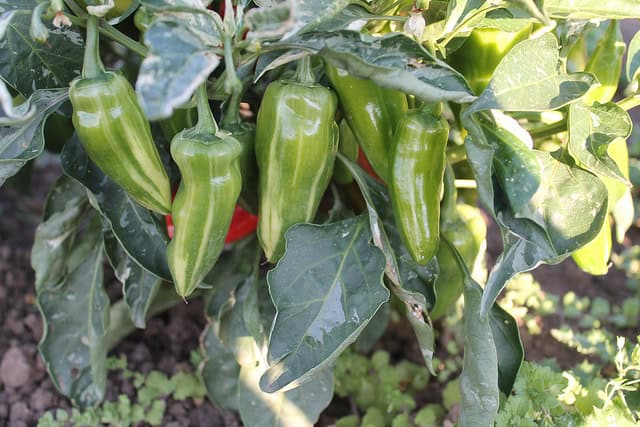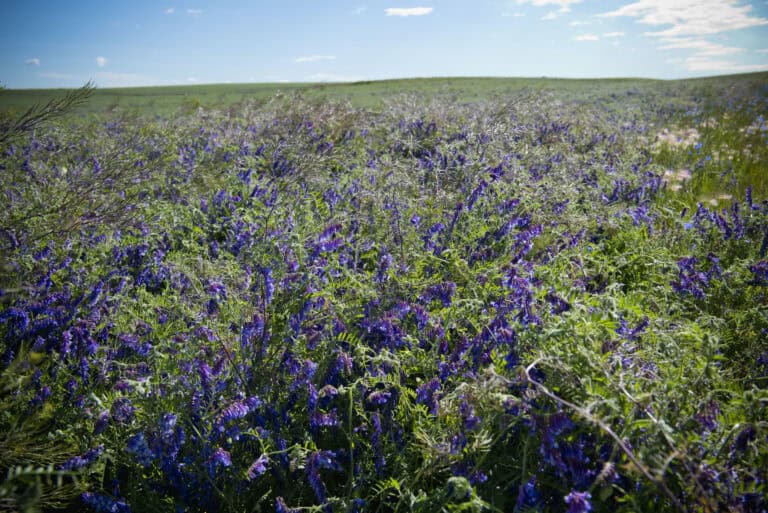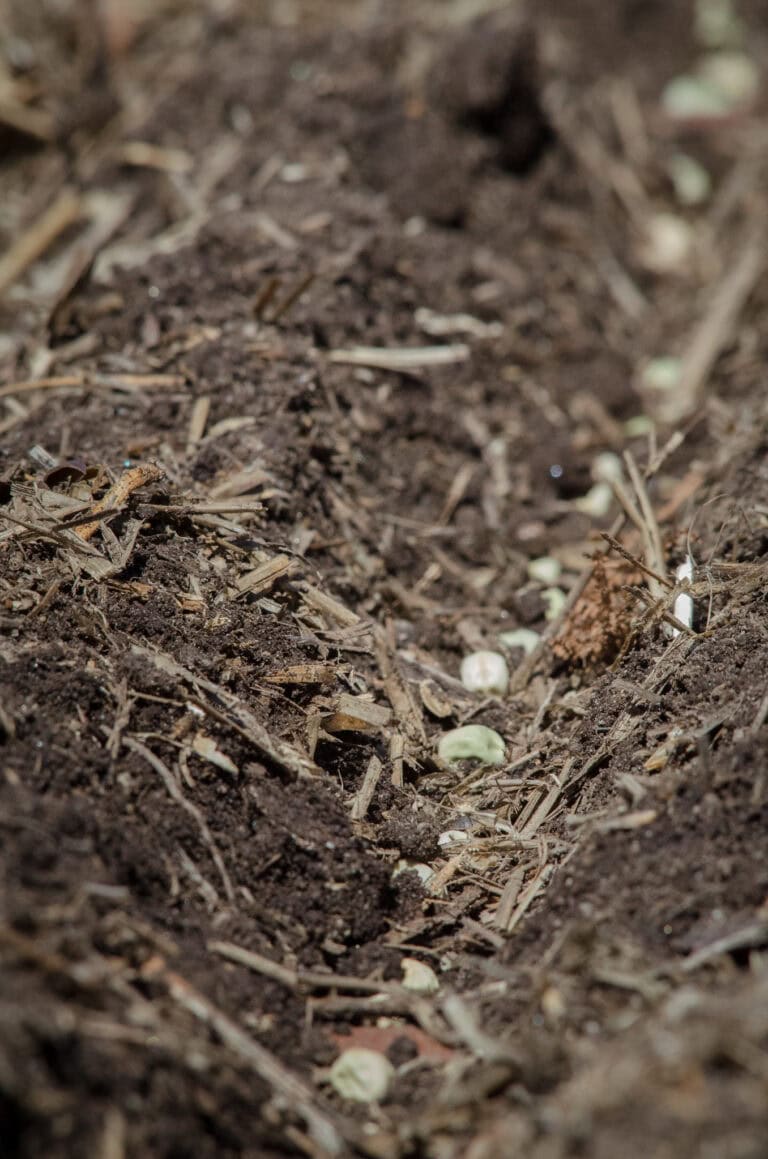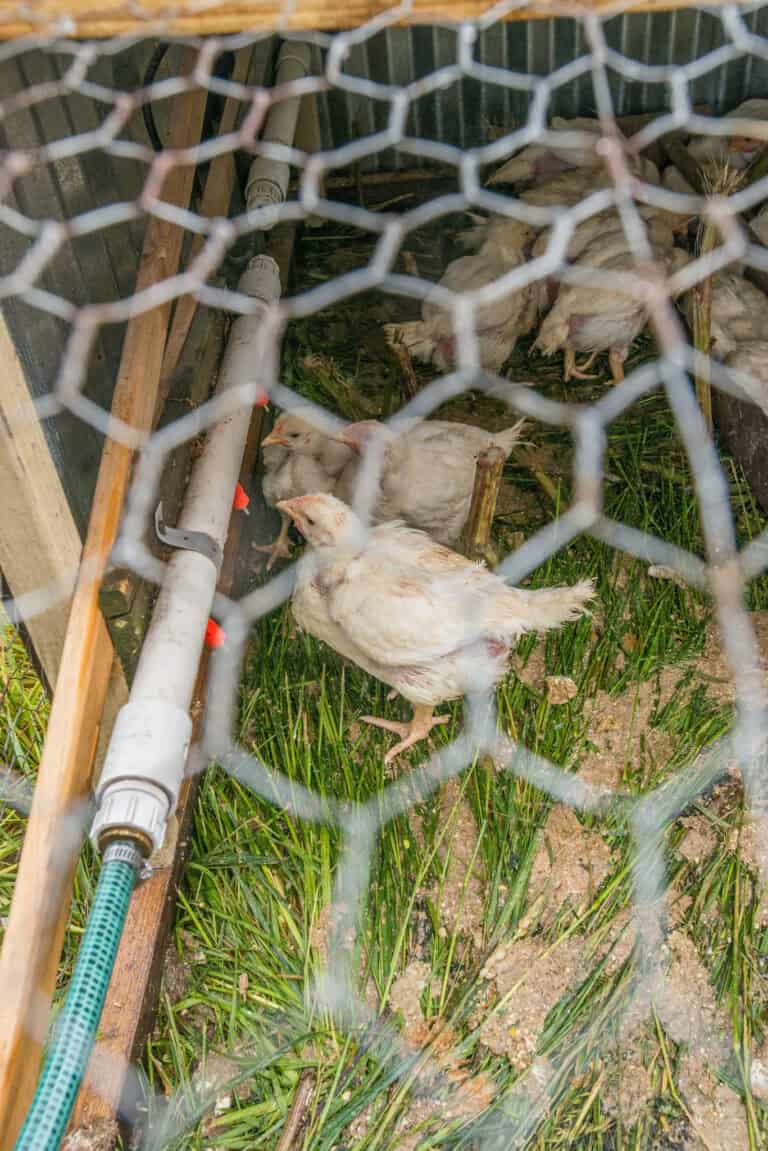Stay in the know!
Set up content alerts based on your personalized search terms, delivered on your preferred schedule.
Planting a living mulch cover crop between rows may offer organic vegetable farmers several environmental benefits, including improvements to soil health, natural weed prevention, and barriers to runoff/leaching. However, previous studies on the use of living mulch cover crops have yielded mixed results. This study assessed the effects of several weed prevention strategies (cultivation, dead mulch, living mulch cover crops, and mowing) between plastic mulch rows on weed control, soil health, and cash crop quality/yield.
Contact: Alyssa Tarrant, Michigan State University
Keywords: Soil Health, Crop Nutrient Management, Weed Management
The Colorado potato beetle (CPB) poses a major threat to organic potato production systems. The application of organic mulch during potato plant emergence has proven to be a relatively effective CPB reduction strategy at small scales. This study assessed the efficacy of several types of organic mulches (straw, triticale/vetch, and grass/clover) as a natural CPB deterrent at larger scales.
Contact: Julian Winkler, University of Kassel
Keywords: Soil Health, Weed Management, Insect/Pest Management
Integrating livestock into organic production systems can provide several benefits, including (1) improving soil health and structure, (2) boosting soil nutrient cycling and availability, (3) increasing crop yield, and (4) enhancing overall farm resiliency. This study assesses the impacts of poultry integration on soil health, crop yield, and weed/cover crop biomass in several vegetable crop rotations.
Contact: Anne Carey, Iowa State University
Keywords: Soil Health, Crop Nutrient Management, Weed Management, Cropping Systems, Livestock Feeding, Livestock Well-Being
Cover crop residue retention on the soil surface can suppress weeds and improve both yield and profitability of organic production systems. However, these benefits are influenced by specific cover crop management practices. This study assessed the impacts of establishment date and termination method on total cover crop biomass, weed suppression, soybean crop yield, and profitability.
Contact: Madhav Dhakal, Mississippi State University
Keywords: Soil Health, Crop Nutrient Management, Weed Management, Cropping Systems
Creeping perennial weed species, including Canada thistle and field bindweed, are among the most difficult weeds to manage in organic agricultural systems due to their persistence, proliferation, and detrimental impacts to crop yields. Aside from frequent tillage, cover cropping (often with alfalfa) is a common strategy to manage creeping perennial weeds. This study assessed the weed suppressive ability of three highly diverse four-year cropping systems as potential alternatives to intensive tillage and alfalfa cover cropping.
Contact: Greta Gramig, North Dakota State University
Keywords: Weed Management
Plant diseases cost the temperate and tropical fruit industry billions of dollars in crop losses each year. Organic fruit growers need innovative options for the control of fungal diseases. Certified organic plant essential oils (EOs) may have the potential as a pest management tool in the production and post-harvest period of various fruit crops as they act on a broad spectrum of plant diseases and are safe for the environment and human consumption.
Contact: Ali Sarkhosh, University of Florida
Keywords: Disease Management
The Vegetable Variety Navigator (VVN) is a database of public variety trial results that can be analyzed and visualized to inform growers about how a particular vegetable variety might perform compared to others in their location, region, or globally. The VVN currently allows for yield and quality comparisons among varieties of broccoli, cucumber, and sweet pepper using a meta-analysis of data from 288 public variety trial sources worldwide, and this research assessed the validity of the model.
Contact: Sam Wortman, University of Nebraska, Lincoln
Keywords: Plant Breeding, Varieties, and Seeds
Conventional soil fumigants, although effective at eliminating these pests, can also destroy important soil microorganisms and are not permitted in USDA certified organic production systems. Anaerobic soil disinfestation (ASD) is a NOP-compatible, soil-friendly alternative. This exciting study analyzed the soil health impacts and efficacy of ASD in managing key soilborne pests and pathogens in organic vegetable and strawberry production systems in Florida and Pennsylvania.
Contact: Francesco Di Gioia, Pennsylvania State University
Keywords: Soil Health, Crop Nutrient Management, Weed Management, Disease Management, Insect/Pest Management
The Farming Systems Trial (FST) at Pennsylvania’s Rodale Institute is the longest-running comparative ecological study of conventional and organic corn and soybean cropping systems in North America. This study, which utilizes data from the 34th consecutive year of Rodale’s Farming Systems Trial, analyzes SOC and TN for conventional and organic grain cropping systems.
Contact: Klaus Lorenz, Ohio State University
Keywords: Soil Health, Crop Nutrient Management, Climate Solutions, Cropping Systems
Building soil organic carbon (SOC) is an important management practice in organic agriculture. Management practices are known to increase SOC, but there are also ways in which adjusting crop resource availability can induce a physiological shift in plant C allocation, resulting in the deposition of carbon-rich exudates into soils and accumulation of SOC. This study reviews the existing literature on belowground C deposition and posits several ways in which farmers might tap into the physiological responses of crops to enhance SOC.
Contact: Cindy Prescott, University of British Columbia
Keywords: Soil Health, Crop Nutrient Management
Many commercial microbe-containing biostimulant and biofertilizer products claim to increase the overall health of crops by building healthy soils via beneficial microbes, but there have been few studies evaluating the true efficacy of these products. This study assessed microbe-containing biostimulant and biofertilizer performance in order to establish ‘best practices’ for use of these products among (transitional)-organic vegetable growers.
Contact: Matt Kleinhenz, Ohio State University
Keywords: Soil Health, Crop Nutrient Management, Transitioning to Organic
Cucurbits, which include cucumbers, pumpkins, squash, and melons, are susceptible to several diseases, including bacterial wilt and cucurbit yellow vine disease. Mesotunnels, which are modified row cover systems consisting of nylon mesh fabric and hoops, can be effective, organic-compliant methods of excluding pests. This study assesses the effectiveness of several pest and weed management practices (i.e. mesotunnels, furrow cover cropping, and landscape fabric) in reducing insect pest populations, disease incidence, fruit yield, and fruit quality in acorn squash.
Contact: Sarah Pethybridge, Cornell University
Keywords: Disease Management, Insect/Pest Management
How much nitrogen (N) does an organic grain or silage corn crop need? This project team, led by Jason Kaye at Penn State University, developed a model that predicts unfertilized corn yield, based on the N contributions of SOM and decomposing cover crops. This model has been integrated into an N decision support tool, which calculates the supplemental N fertilizer requirements for organic grain and silage corn in Pennsylvania.
Contact: Jason Kaye, Pennsylvania State University
Keywords: Soil Health, Crop Nutrient Management
The Northern Organic Vegetable Improvement Collaborative (NOVIC) develops new vegetable cultivars for organic farming through farmer participation. Established in 2009, the project has resulted in the release of dozens of new cultivars and advanced breeding lines, enhancing organic production systems in the northern US.
Contact: James Myers, Oregon State University
Keywords: Disease Management, Plant Breeding, Varieties, and Seeds
Hairy vetch is commonly used as a cover crop in regions with colder climates. However, the performance of hairy vetch as a cover crop (both with regards to growth and N-fixation) varies widely, making it difficult for farmers to accurately predict vetch N contributions. This study assessed how interactions between soil fertility, vetch genotype, and symbionts impacted the N acquisition capabilities of hairy vetch in organic systems.
Contact: Laurie Drinkwater, Cornell University and Julie Grossman, University of Minnesota
Keywords: Soil Health, Crop Nutrient Management, Cropping Systems
Compared with black plastic mulch, biomulches are a more sustainable option because they break down in the soil. However, they can degrade slowly and may not meet organic standards. This study looked at how different methods affect how quickly two types of biomulch break down in the hopes of finding ways that farmers can make biomulch decompose faster.
Contact: Sam Wortman, University of Nebraska, Lincoln
Keywords: Weed Management, Tools and Technology
Using manure in organic farming raises food safety issues, especially for raw crops like salad greens and tomatoes. Current rules require a 120-day wait between manure use and harvest, but more research is needed. This two-year study on 19 organic farms across the US tested different waiting periods for various types of manure, investigating the effect of waiting period on food borne pathogens.
Contact: Alda Pires, University of California, Davis
Keywords: Soil Health, Post-Harvest Quality and Safety
Providing sufficient methionine in organic poultry feed rations for optimum bird health and production has posed major challenges in organic poultry production. Fish meal is an excellent source of natural methionine but it often contains a NOP-prohibited synthetic preservative, ethoxyquin, and demand for fish meal can deplete stocks of ocean fish. Asian carp is an exotic invasive species of fish that may have potential as a source of natural methionine, and it's harvest may provide an ecosystem service. This research sought to evaluate the potential for Asian carp meal to provide methionine to broiler diets, leading to improved growth rates, feed efficiency, and meat and egg quality,
Contact: Dan Donoghue, University of Arkansas
Keywords: Climate Solutions, Livestock Feeding
Efforts to control gastrointestinal nematodes (GIN) in sheep using NOP-compliant materials and practices have had limited success. However, genetic resistance to GIN could become a valuable additional tool for organic parasite management in small ruminants. This study assessed the genetic mechanisms involved in both GIN resistance and resilience across several breeds of sheep in organic production systems.
Contact: Joan Burke, USDA ARS
Keywords: Insect/Pest Management, Livestock Well-Being
The Rodale Institute, a leader in modern hemp research, conducted a two-year field experiment evaluating the performance of four hemp varieties with the goal of better understanding the effects of hemp variety and environmental conditions on hemp growth, yield, and plant-fungal (mycorrhizal) interactions.
Contact: Dinesh Panday, Rodale Institute
Keywords: Soil Health, Climate Solutions, Plant Breeding, Varieties, and Seeds
